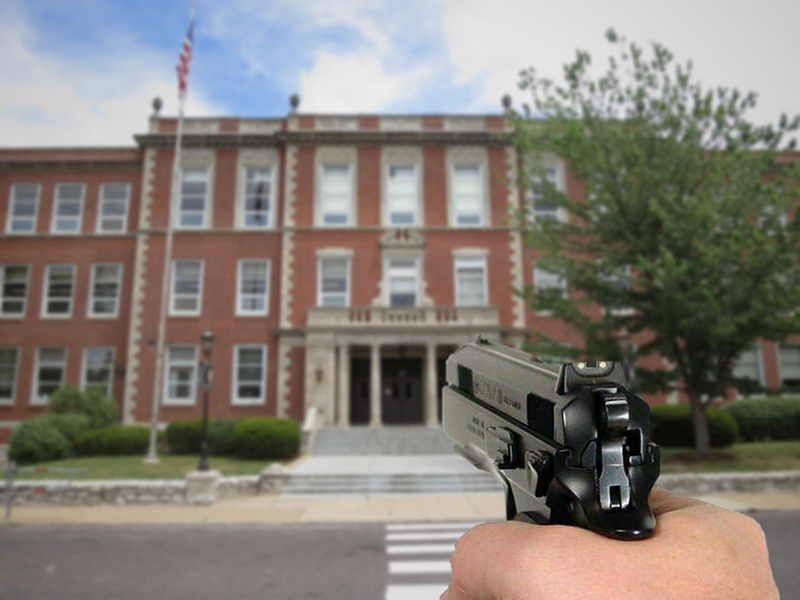Recent shootings prompt schools to aim for student safety
There has been another school shooting, this time in Seattle, leaving four high school students dead. Every time another shooting occurs, it serves as a reminder to schools to review their policies and procedures.
While concerned parents, students and school officials are determined in pushing for unorthodox responses, such as allowing teachers and staff to carry firearms, experts from the U.S. Department of Education say schools should instead work to reinforce best practices and improve emergency response procedures as well as coordination with school law enforcement officials.
“All Deer Park High School staff is on the same page about an active shooter protocol on campus,” said Del Wilcoxson, Deer Park School resource officer. “Student safety is our first priority; we take all situations very serious.”
In 2013 there was a total of 28 school shootings recorded in the U.S., an increase of 12 since 2012. There has been 52 school shootings reported so far this year. From the 52 shootings 25 have been in K-12 schools and 27 have been college shootings.
UHCL does have a protocol in place for an active shooter on campus, but Police Chief Paul Willingham said, for security reasons, he is not at liberty to discuss response procedures.
“All police departments police officers are sent to a special active shooter response school,” Willingham said. “Some of our own personnel serve as instructors at this school as well. In addition to this initial training, we send officers to refresher courses as available. We also conduct annual tabletops and live drills so that our response personnel stay current and fresh with these skills.”
Although it has been challenged, most recently in 2014, the State of Texas currently has a law outlawing guns on public universities. Per Texas Penal Code 46.03, with the exception of peace officers, firearms are not permitted within a university building or at a university event. This includes Concealed Handgun License holders. CHL holders may have concealed weapons in their car, but holders are not permitted to bring their firearms into a university building or event.
The Texas Legislature initiated a new type of licensee known as school marshals that went into effect Jan. 1. School marshals are not peace officers. A school marshal is an employee of a school district who holds a concealed handgun license through the Texas Department of Public Safety, who is appointed by the school board or governing body of the school district, and whose sole purpose is to prevent the act of murder or serious bodily injury on the school premises.
After filing an application with the Texas Commission on Law Enforcement, a school district that chooses to appoint a school marshal must send the individual to an 80-hour training course conducted by a law enforcement academy that has been specifically prepared to provide the school marshal curriculum. Among the topics covered in the school marshal course are: physical security, improving the security of the campus, use of force and weapon proficiency. No other course can be substituted or exempt an individual from the specific school marshal training course.
The UH System has not implemented the school marshal training. School marshals are available to current school district employees and open-enrollment charter schools.
If an active shooter situation was to happen at UHCL, Willingham advocates the Run. Hide. Fight protocol.
“Run from the area if you can,” Willingham said. “If not, Hide in a secure area if possible. If these two options are not available and you have no choice, be prepared to Fight your attacker. This protocol, as well as the process for calling the police and what to expect from the police, is defined in more detail on our website video and handout.”
Although there is always the possibility of an active shooter, Willingham said the university makes every effort to improve mass communication, provide public response training and hone the skills of its first responders. “There is no way of assuring absolutely that this type action cannot occur on campus,” Willingham said.
Willingham also points out that while the public conscious is filled with active shooter news via social media and the 24-hour news cycle, statistically, an active shooter on campus is still a very low probability of occurrence.
“You are more likely to face a shooting scenario off campus than on,” Willingham said.
Interactive timeline: Deadliest school violence in U.S. history
Interactive timeline created by The Signal reporter Bryan Black.
Click here to read more of The Signal’s coverage of school shootings and guns on campus.

